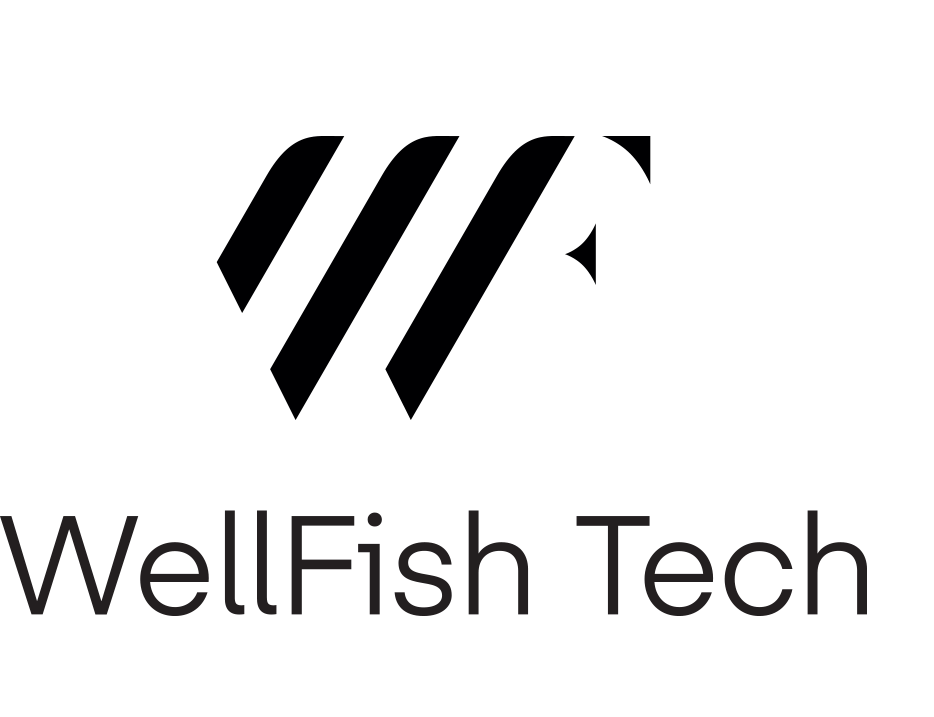OUR SERVICES
Wellfish Tech is revolutionizing fish healthcare in the aquaculture industry through rapid, 24 -hour blood testing for fish. Enabling a novel data informed, pro-active healthcare model, increasing productivity, fish health and profitability.
Enquire to get started
Contact WellFish Tech to arrange a bespoke approach to optimise the health of your fish stock.

